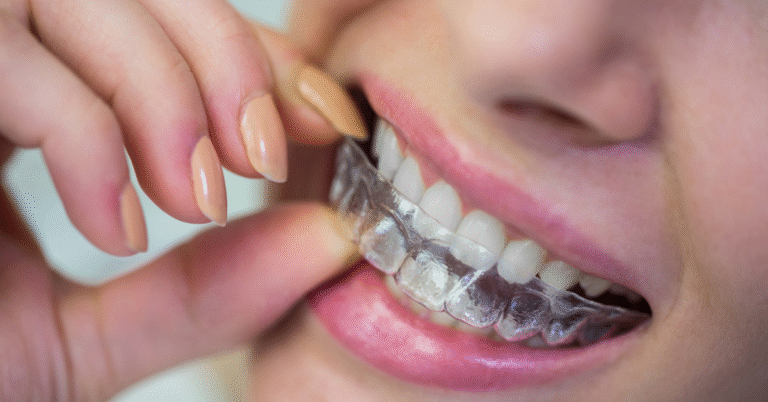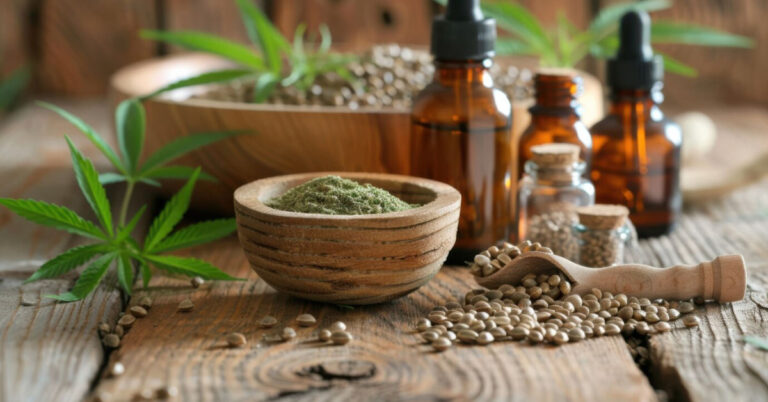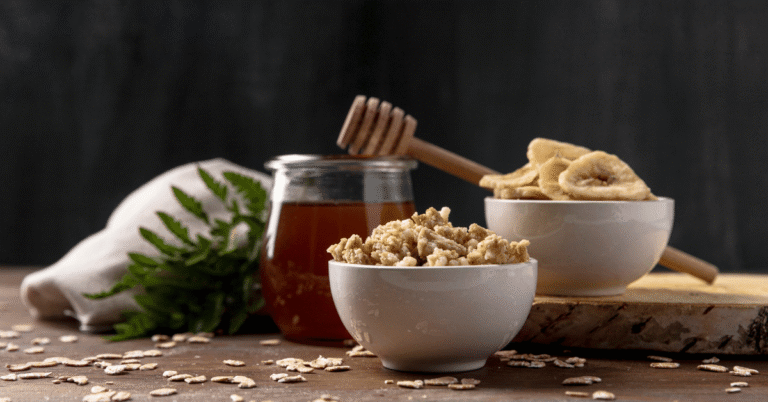Cuachalalate: The Ancient Medicinal Marvel of Mexico
Cuachalalate, a revered medicinal plant native to Mexico, has captivated generations with its powerful health properties. Used for centuries in traditional healing practices, this botanical gem is more than just folklore. With increasing global interest in natural medicine, cuachalalate is making its way into modern herbal cabinets. But what exactly is it, and why has it become both valuable and vulnerable?
In this article, we’ll explore everything from the botany and uses of cuachalalate to scientific insights and conservation efforts surrounding this remarkable plant.
Table of Contents
- What is Cuachalalate?
- Botanical Overview
- Traditional Uses and Cultural Significance
- Modern Medicinal Applications
- Scientific Research and Health Benefits
- Conservation Concerns and Sustainability
- How to Use Cuachalalate Safely
- Commercial Availability and Regulations
- Table of Key Information
- Frequently Asked Questions
- Final Thoughts
What is Cuachalalate?
Cuachalalate is the common name for Amphipterygiumadstringens, a tree native to Mexico. It is especially known for its medicinal bark, which has been harvested for centuries to treat a variety of ailments. The tree thrives in dry forests and is predominantly found in the central and southern regions of the country.
Highly prized in traditional medicine, cuachalalate is used in the form of teas, decoctions, and tinctures. As interest in plant-based therapies continues to grow, this ancient remedy has found new relevance.
Botanical Overview
- Scientific Name:Amphipterygiumadstringens
- Family:Anacardiaceae
- Common Name:Cuachalalate
- Native Region: Central and southern Mexico
- Tree Height: Typically ranges between 4 to 8.5 meters
- Distinguishing Feature: Its unique bark, used in traditional medicine
The tree is often found in deciduous and tropical forests and is known for its slow growth rate. Its leaves are alternately arranged, and the bark appears scaly with a reddish-brown tone.
Traditional Uses and Cultural Significance
Long before modern pharmacology, cuachalalate held a place of honor in indigenous healing. Its bark was brewed into teas to treat stomach ulcers, infections, skin wounds, and even certain types of cancer according to folklore.
Healers, or curanderos, used it in rituals and natural remedies. The plant’s enduring popularity reflects the deep-rooted respect for traditional herbalism in Mexican culture. Cuachalalate is often sold in herbal markets and is still recommended in some rural areas for a range of conditions.
Modern Medicinal Applications
Modern herbalists and naturopaths have continued to explore the potential benefits of cuachalalate. While scientific validation is ongoing, its contemporary applications include:
- Gastrointestinal healing support
- Anti-inflammatory uses
- Immune system modulation
- Topical wound care
Some holistic practitioners use it in combination with other herbs to enhance effectiveness. It is commonly available in forms such as capsules, dried bark, and herbal teas.
Scientific Research and Health Benefits
A growing body of research is starting to uncover what traditional medicine has known for centuries. Preliminary studies suggest the bark of cuachalalate may possess:
- Antioxidant properties: Helps protect cells from oxidative stress
- Antimicrobial activity: Inhibits certain bacteria and fungi
- Anti-inflammatory effects: Reduces inflammation markers in tissues
- Gastroprotective capabilities: Assists in treating ulcers and stomach lining damage
These findings have opened doors for further research into potential pharmaceutical uses. However, more clinical trials are necessary to confirm long-term safety and efficacy.
Conservation Concerns and Sustainability
Due to the growing demand for cuachalalate, especially its bark, the species has faced significant harvesting pressure. As of 2004, it was listed as endangered, prompting calls for sustainable practices.
Overharvesting the bark can be fatal to the tree, and in many cases, the entire plant is destroyed. Conservation efforts are now focused on:
- Promoting sustainable harvesting techniques
- Supporting cultivation and reforestation initiatives
- Educating herbal suppliers and consumers
Ensuring long-term access to this valuable resource means protecting the plant and educating those who rely on it.
How to Use Cuachalalate Safely
While cuachalalate is natural, it should be used responsibly. Here are some general guidelines:
- Consult a healthcare provider before using it, especially if you’re pregnant, nursing, or on medication.
- Use recommended dosages from certified herbalists or product packaging.
- Avoid self-diagnosis and treatment of serious illnesses without professional input.
- Be aware of potential allergic reactions, especially for those with sensitive skin or digestive issues.
Commercial Availability and Regulations
Cuachalalate is sold in various forms through herbal shops, online stores, and wellness clinics. It is available as:
- Dried bark
- Herbal teas
- Powder capsules
- Liquid tinctures
While not regulated as strictly as pharmaceuticals, some regions have begun implementing standards to ensure quality and safety. Always choose products from trusted sources that follow good manufacturing practices.
Table of Key Information
| Attribute |
| Common Name |
| Botanical Name |
| Traditional Use |
| Active Compounds |
| Availability |
| Forms of Use |
| Conservation Status |
| Native Habitat |
| Modern Uses |
| Safety Advice |
Final Thoughts
Cuachalalate is more than just a medicinal plant; it’s a piece of cultural heritage with real therapeutic potential. As interest in natural remedies grows, so does the need for responsible sourcing and sustainable practices. Whether you’re a practitioner, a curious herbalist, or someone exploring alternatives to conventional medicine, cuachalalate offers a fascinating blend of history, healing, and modern science.
To truly benefit from this ancient remedy, use it with respect — both for your health and for the environment that sustains it.
Frequently Asked Questions
Q1: What does cuachalalate taste like?
It has a slightly bitter, earthy taste. Most people consume it in tea form, often sweetened with honey or mixed with other herbs.
Q2: Is cuachalalate safe for daily use?
Daily use should only be under the guidance of a qualified healthcare provider. While it is natural, its potency requires mindful dosing.
Q3: Can I grow cuachalalate at home?
It is possible in regions with a similar climate to central Mexico, but the tree grows slowly and requires specific care.
Q4: Are there any known side effects?
Some users report mild stomach upset or skin sensitivity. As with any herb, individual reactions may vary.
Q5: Why is the plant endangered?
The bark is the most sought-after part, and improper harvesting methods often kill the tree, contributing to its endangered status.







